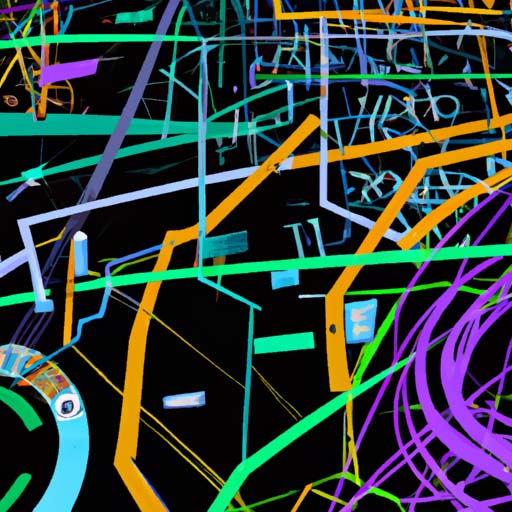TLDR: This article discusses the benefits of integrating technology into the classroom to improve learning. It provides four examples of how technology can be used in the classroom, including interactive displays, video walls, digital signage, and laser projectors. Research is cited to support the effectiveness of these technologies in enhancing learning outcomes. The article emphasizes the importance of preparing students for the digital challenges of the future and the need for educators to incorporate technology into their teaching practices.
Integrating technology into the classroom is a great way to ensure that students receive a well-rounded education that prepares them not just for the digital challenges of tomorrow, but also for the diverse world they will navigate. If you need help in figuring out how exactly to incorporate the right technology to provide a truly enriching educational experience for our students, you’re in luck.
Outlined below are four examples of how technology can be seamlessly folded into the classroom – and some research to back it up!
1. Interactive Displays
Interactive displays, such as Sharp’s AQUOS BOARD, allow for dynamic and engaging lessons. These displays can be used to present information in a visually appealing way, encourage student participation, and enable collaborative learning. Research shows that interactive displays can improve student engagement and knowledge retention.
2. Video Walls
Video walls provide a large, immersive display that can be used to showcase multimedia content, such as educational videos and presentations. Video walls can enhance visual learning and make lessons more engaging. Studies have shown that video walls can improve student motivation and information retention.
3. Digital Signage
Digital signage in the classroom can be used to display important announcements, schedules, and other information. Digital signage is highly visible and can capture students’ attention, ensuring that important messages are effectively communicated. Research has found that digital signage can increase student awareness and engagement.
4. Laser Projectors
Laser projectors offer bright and clear images, making them ideal for displaying educational content. Laser projectors can be used to project images, videos, and presentations onto a screen or wall, enhancing visual learning and making lessons more interactive. Studies have shown that laser projectors can improve students’ understanding and concentration.
Incorporating technology into the classroom is crucial for providing students with the skills they need to thrive in the digital age. The examples provided in this article demonstrate how technology can enhance learning outcomes and create a more engaging and dynamic educational experience. Teachers should consider implementing these technologies in their classrooms to ensure that students are receiving a well-rounded education that prepares them for the future.
